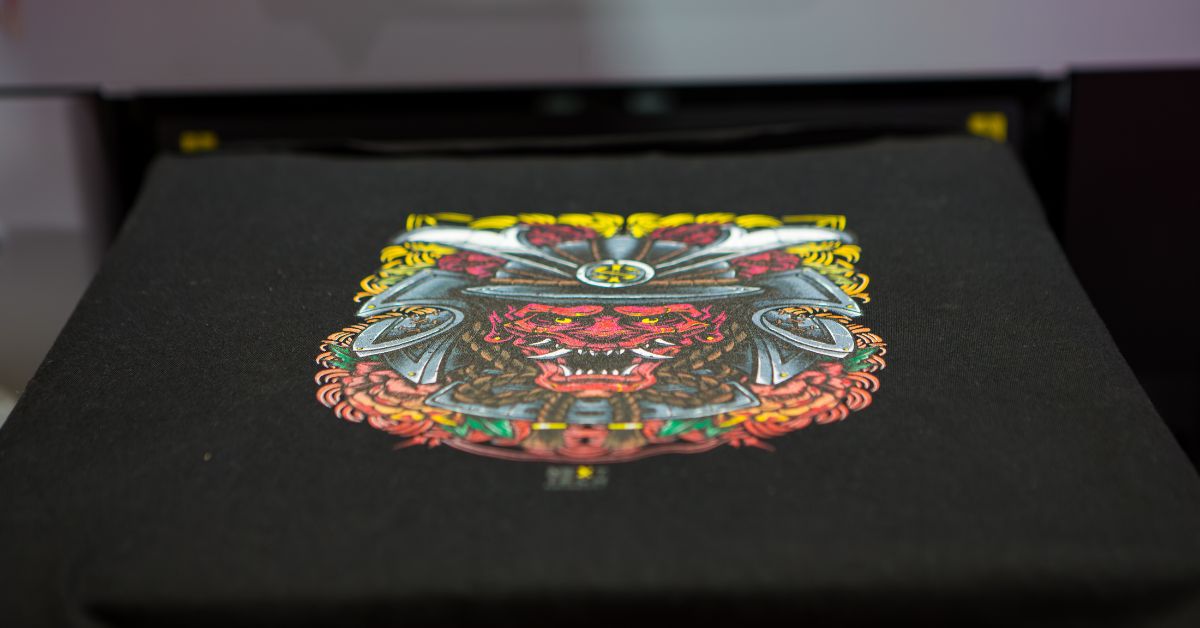
How Long Do DTF Transfers Last? What To Know
When it comes to custom apparel and vibrant designs, DTF (direct-to-film) transfers have taken the printing world by storm. But what's their lifespan? The truth is, the longevity of DTF transfers depends on several factors, including the materials, application methods, and care practices. Together, we'll dive into everything you need to know about how long DTF transfers last, ensuring that your creations not only look great but also stand the test of time.
Factors Affecting Longevity
Material Quality
The quality of the materials used in DTF transfers plays a crucial role in determining their durability. High-grade films and inks ensure better adhesion and vivid color retention, while inferior materials can lead to peeling, fading, or cracking over time.
Not only do quality materials enhance the overall appearance of your designs, but they also withstand the wear and tear of regular use. Keep in mind that natural fibers like cotton tend to hold transfers better than synthetic materials.
Application Techniques
Ultimately, proper heat application is key; using the right temperature and pressure guarantees that the transfer adheres effectively to the fabric. You’ll want to follow the manufacturer’s guidelines for optimal results, as each transfer may have specific requirements.
For a flawless finish, consider preheating your garment for a few seconds to remove moisture and help achieve a strong bond. Additionally, using a heat press is best, as it provides even heat distribution and consistent pressure across the transfer, leading to a longer-lasting design.
Curing Process
After applying the transfer, allowing it to cure correctly is essential for ensuring that the inks bond properly with the fabric. Curing typically involves allowing the garment to sit undisturbed for a specific period—often just a few hours. Some experts even recommend a post-pressing session, where you apply heat again with a protective cover sheet to set the transfer.
Care Practices for DTF Transfers
To keep those transfers looking pristine, you can recommend a care routine to your customers. First and foremost, washing these garments inside out can significantly extend the life of the designs. When it comes to temperature, opt for cold water and avoid harsh detergents that can fade the colors.
Air drying is another way to preserve those prints; hang them instead of tossing them in the dryer to prevent heat damage. If you must iron them, do so on the reverse side and avoid placing the iron directly over the transfer.
Expected Lifespan of DTF Transfers
Now that we know what factors affect the longevity of a DTF transfer, let’s discuss how long they last. Depending on the above circumstances and how well your customers care for the print, transfers will start to fade around the five-year mark.
Factors such as the frequency of wear, washing practices, and even environmental conditions play a role in this lifespan. For instance, garments used frequently or exposed to harsh cleaning conditions may experience wear sooner.
Understanding how long DTF transfers last is essential for anyone looking to create stunning custom apparel. However, remember that every successful transfer starts with the right materials.
At Inkjet Parts, we offer a collection of premium quality direct-to-film supplies, including films, inks, and printers, to help you achieve the best results. With our products and your creativity, you can create long-lasting designs that make a lasting impression.


Leave a comment